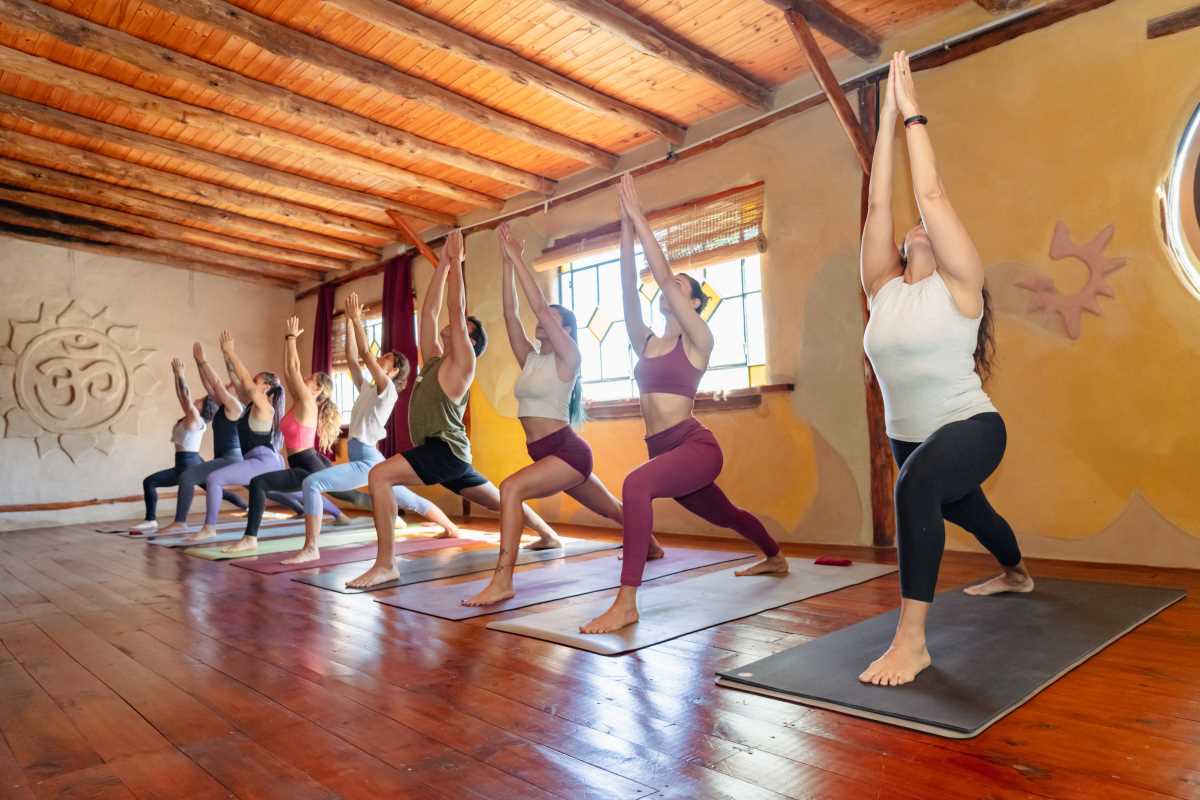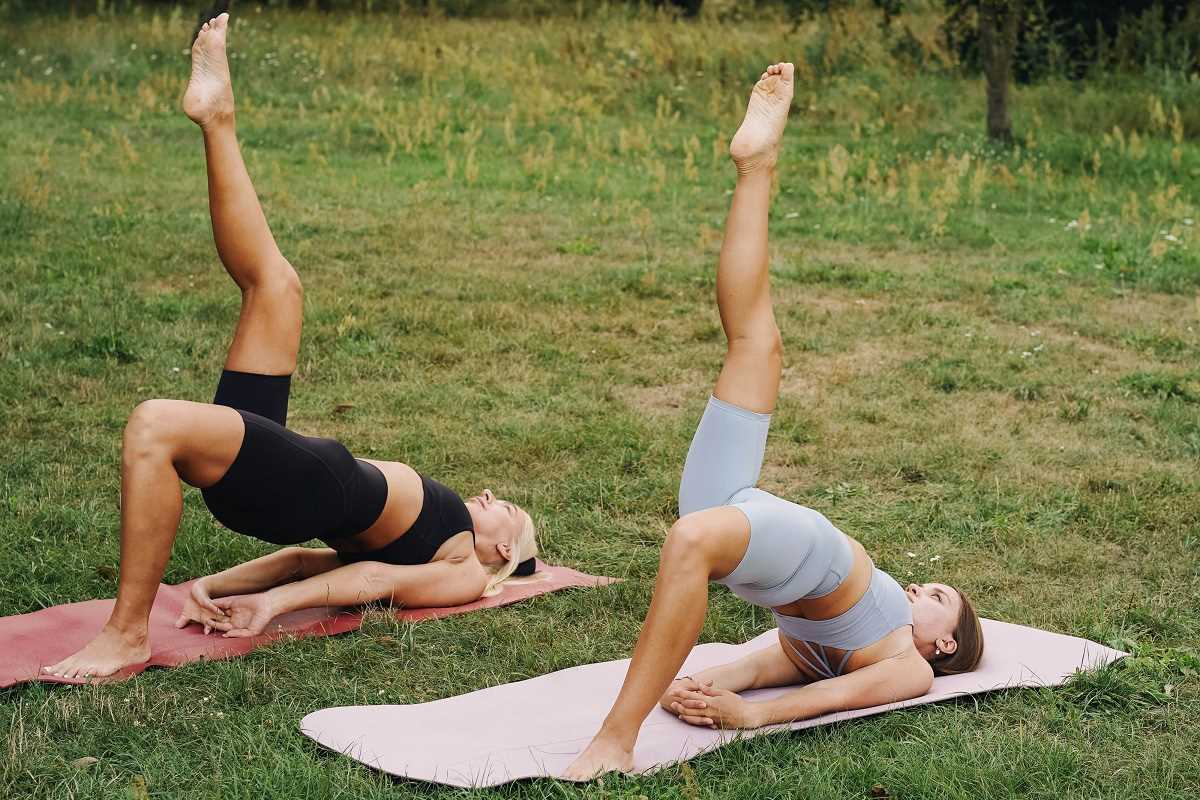Breathing is essential for life, and having strong lung capacity is crucial for overall health and well-being. Proper lung function allows for efficient oxygen intake and carbon dioxide expulsion, supporting vital processes in the body, such as energy production and cellular health. Whether you're an athlete looking to improve performance or simply seeking better respiratory health, there are several effective and natural strategies to boost lung capacity. Here are key approaches to help you increase your lung capacity naturally.
Pursed Lip Breathing Technique
One effective way to increase lung capacity is through the pursed lip breathing technique. This method is simple yet highly effective in helping you control your breath, improve oxygen flow, and reduce the work of breathing. To practice pursed lip breathing, start by inhaling slowly through your nose, then gently exhale through pursed lips, as if you were blowing out a candle. Make sure the exhalation is longer than the inhalation, which helps you expel more air from your lungs, leading to improved oxygen exchange.
This technique can be particularly beneficial for individuals with conditions like chronic obstructive pulmonary disease (COPD) or asthma, as it helps prevent airway collapse and improves breathing efficiency. Incorporating pursed lip breathing into your daily routine, especially during activities that cause shortness of breath, can gradually enhance your lung capacity over time.
Regular Cardiovascular Exercise
Cardiovascular exercise is one of the most effective ways to improve lung capacity and overall respiratory health. Activities such as brisk walking, jogging, swimming, cycling, or dancing stimulate the heart and lungs, increasing oxygen uptake and strengthening the muscles involved in breathing. When you engage in aerobic activities, your lungs work harder to meet the body's increased demand for oxygen. Over time, this repeated challenge strengthens the respiratory muscles, including the diaphragm and intercostal muscles, leading to improved lung function and greater endurance.
Regular cardiovascular exercise not only boosts lung capacity but also helps reduce the risk of respiratory conditions, such as heart disease and stroke, by promoting better circulation and oxygen delivery to tissues. Aim for at least 30 minutes of moderate-intensity aerobic exercise on most days of the week to support lung health. For those who are new to exercise, start with low-impact activities like walking or swimming and gradually increase the intensity as your fitness improves.
Deep Breathing Exercises
Deep breathing exercises are another effective tool for expanding lung capacity and promoting overall respiratory efficiency. These exercises work by increasing the volume of air your lungs can take in and expel, which improves the elasticity of the lungs and helps them function more efficiently. A common deep breathing exercise involves inhaling slowly and deeply through your nose, allowing your chest and abdomen to fully expand, then exhaling slowly through your mouth.
Focusing on diaphragmatic breathing—also known as belly breathing—can be especially beneficial. This technique involves using the diaphragm, the main muscle responsible for breathing, to draw in air, helping you take deeper, fuller breaths. Lie down on your back with one hand on your chest and the other on your belly. As you breathe in deeply through your nose, the hand on your belly should rise while the hand on your chest remains relatively still. Exhale slowly through your mouth, feeling your belly lower. Practicing diaphragmatic breathing daily can enhance your lung capacity and improve your ability to manage stress.
Maintain Good Posture
Believe it or not, your posture has a significant impact on your lung capacity. When you slouch, the space available for your lungs to expand decreases, which can restrict airflow and make breathing less efficient. On the other hand, maintaining good posture allows your lungs to fully expand and contract, optimizing their function.
Make a conscious effort to sit or stand up straight, with your shoulders relaxed but pulled back. This opens up your chest and allows your diaphragm to move freely. Good posture, especially when sitting at a desk or in front of a computer for long periods, can make a noticeable difference in your lung capacity and overall breathing efficiency. If necessary, take regular breaks to stretch and adjust your posture to maintain optimal breathing.
Stay Hydrated
Hydration plays a key role in maintaining healthy lung function. Drinking enough water ensures that the mucous membranes lining your respiratory tract remain moist, which helps the lungs work more efficiently. Dehydration can lead to the production of thicker mucus in the airways, making it harder for your lungs to clear out irritants and reducing airflow.
By staying hydrated, you can help your respiratory system function more smoothly, making it easier for your lungs to expand and contract. Aim to drink at least eight glasses of water per day, though individual hydration needs may vary depending on factors like activity level, climate, and overall health. In addition to water, herbal teas and other non-caffeinated, non-sugary drinks can also contribute to proper hydration.
Incorporate Breathing Techniques into Your Daily Routine
In addition to the pursed lip and deep breathing techniques, other specialized breathing exercises can also help improve lung capacity and support overall respiratory health. Diaphragmatic breathing, as mentioned earlier, is one such technique that can be practiced daily to strengthen your respiratory muscles and enhance lung efficiency.
Another popular technique is box breathing, which involves inhaling, holding your breath, exhaling, and holding again for equal amounts of time (e.g., four seconds each). This technique can help train your respiratory system and promote relaxation, making it an effective tool for managing stress while also improving lung function.
Alternate nostril breathing, a practice commonly used in yoga, is another technique that can enhance lung capacity and promote relaxation. This method involves closing one nostril while inhaling through the other, then switching nostrils for the exhalation. It’s believed to balance oxygen intake and improve lung function, as well as reduce stress.
By implementing these natural strategies, you can improve your lung capacity and promote better respiratory health over time. Whether it’s through simple techniques like pursed lip breathing, regular cardiovascular exercise, or deep breathing exercises, each method works to strengthen your lungs and improve oxygen exchange in your body. Additionally, maintaining good posture, staying hydrated, and incorporating specialized breathing techniques can further enhance lung capacity and support overall well-being.
Remember that consistency is key. These strategies are most effective when practiced regularly, so consider incorporating them into your daily routine. As always, if you have any underlying health conditions, consult your healthcare provider before starting a new exercise or breathing regimen. With dedication, you can naturally strengthen your lungs, improve your breathing, and enjoy a healthier, more vibrant life.






